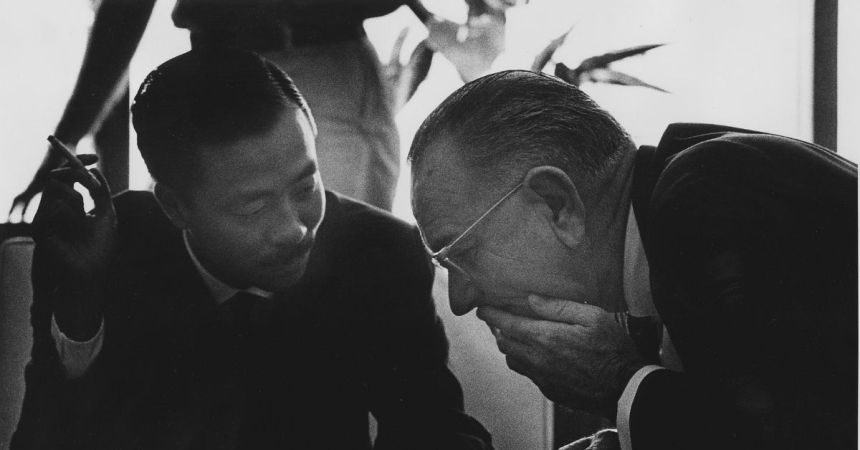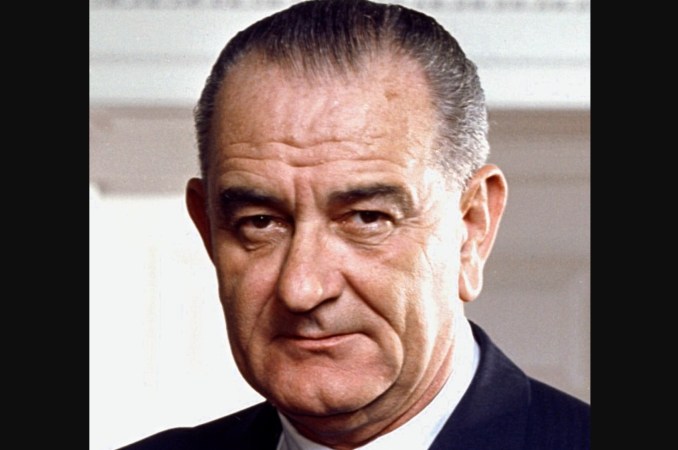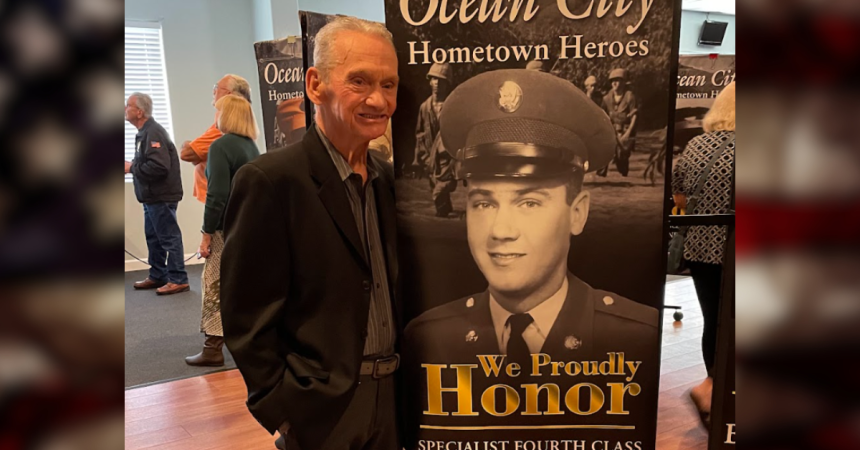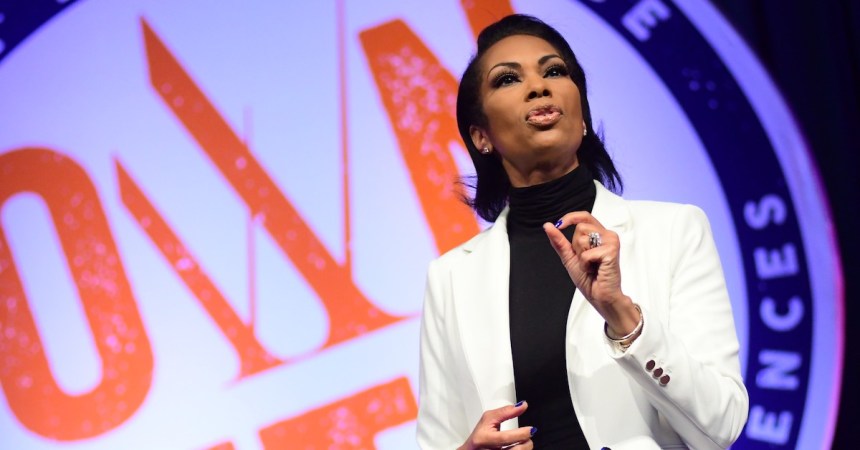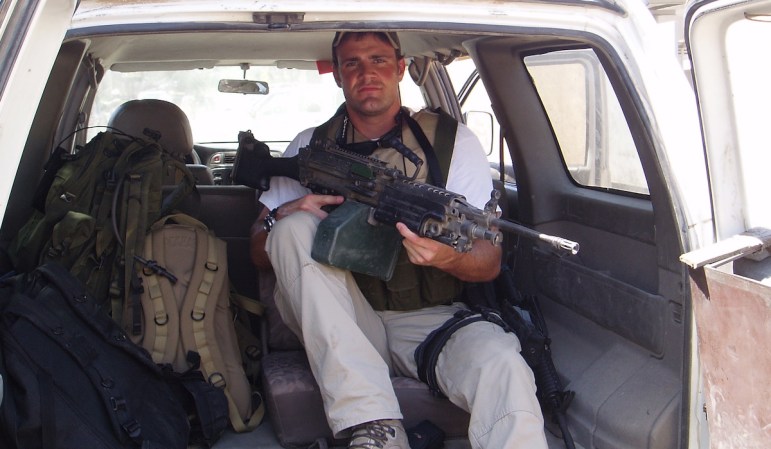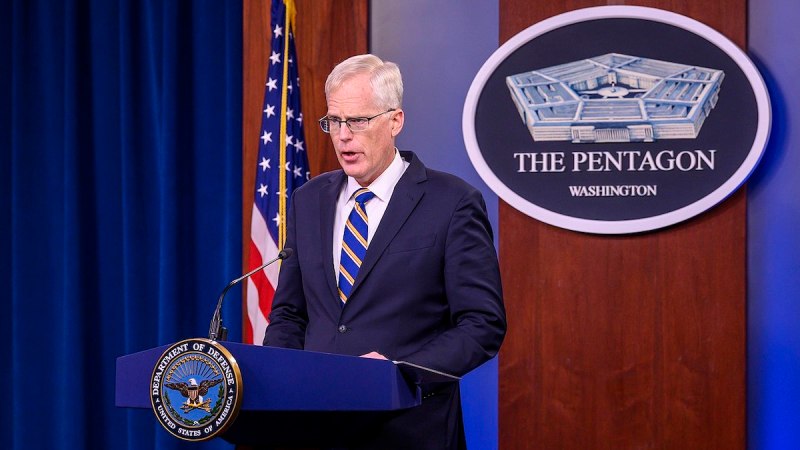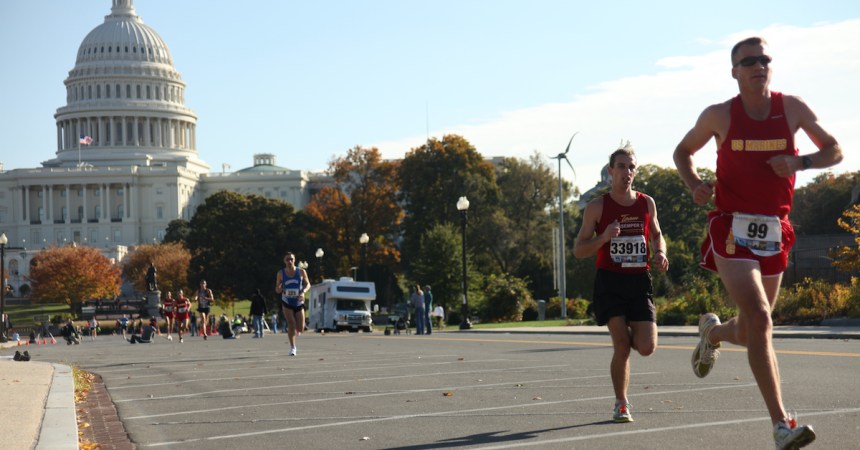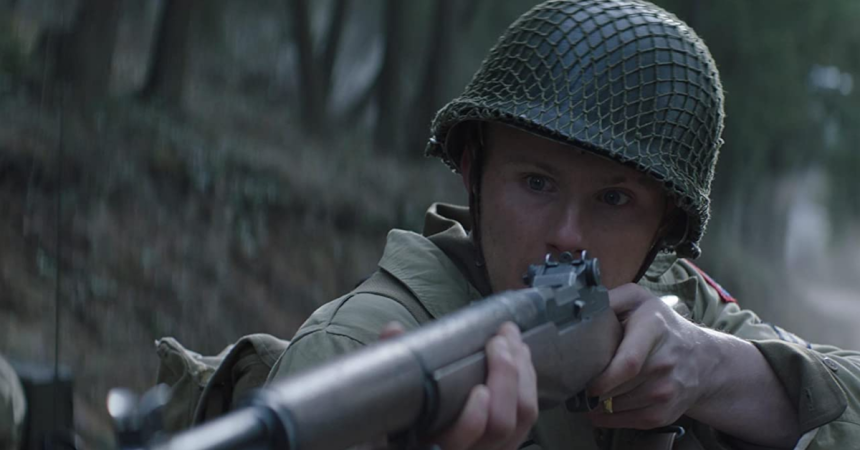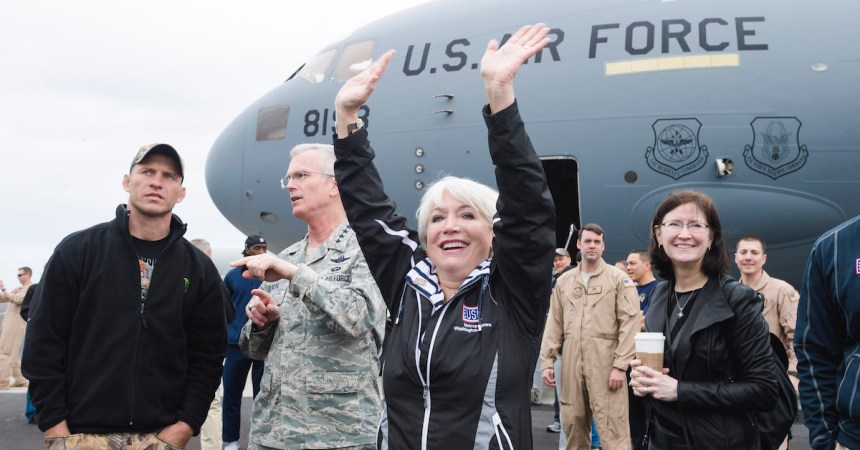There are going to be a lot of significant 50-year anniversaries in 2018. This is because 1968 was probably the most tumultuous year in American history since the Civil War. To this day, we still haven’t fully recovered as a country.
The tumult began immediately. Americans were buffeted by watching the Prague Spring roll over Czechoslovakia with the election of reformist Alexander Dubcek on January 5th. He instituted many meaningful reforms that spelled the end of Communism in the country. But the hopes of a peaceful collapse of the Iron Curtain were crushed by August, when Soviet and Eastern Bloc tanks rolled over the same ground.
That was only the beginning. Americans orbited the moon for the first time, Star Trek aired the first interracial kiss, and African-American athletes in the Mexico City Summer Olympics made the most political statement in the history of the games.

The captured crew of the Pueblo.
1. The USS Pueblo is captured by North Korea
The Pueblo was a Navy Signals Intelligence ship. On January 23rd, she was attacked and boarded by North Koreans in international waters. But Pueblo’s crew didn’t go down without a fight. As the ship attempted to evade capture and destroy captured intel, it took two North Korean subchasers, four torpedo boats, and two MiG fighters to stop Pueblo. One U.S. sailor was killed and 83 others were captured and held for the next 355 days. They were beaten and used as propaganda tools the entire time.

South Vietnamese Gen. Nguyen Ngoc Loan, chief of the national police, shoots Vietcong officer Nguyen Van Lem, also known as Bay Lop, on a Saigon street on Feb. 1, 1968.
(Photo by Eddie Adams)
2. The Tet Offensive begins in Vietnam
The U.S. was fully engaged in the Vietnam War by 1968 and, although there was evidence of a coming attack, it was not really suspected to come during the Tet holiday. At midnight on January 30th, Viet Cong and North Vietnamese forces assaulted some 100 towns and cities, catching American and South Vietnamese troops completely by surprise. The next day, they hit the U.S. embassy in Saigon. Although most losses were quickly recaptured, the ancient capital of Hué was held for a full month.
The Tet Offensive, while a technically a battlefield failure, shook much faith in the Americans’ ability to win the war, including reporter and “Most Trusted Man in America,” Walter Cronkite. In February, the execution of Viet Cong Nguyễn Văn Lém by Nguyễn Ngọc Loan, a South Vietnamese police chief, as captured by famed photographer Eddie Adams, further turned the U.S. against the war.
3. President Johnson did not seek re-election
Johnson soundly beat Eugene McCarthy’s anti-war candidacy in the 1968 Democratic primary in New Hampshire. But just a few days later, Senator Robert F. Kennedy announced his candidacy and the Democrats were split between pro-war and anti-war Democrats, along with segregationist Democrats from the South. Johnson, unable to unite the party and concerned he wouldn’t survive another term, announced he would not seek another term as president on March 31st.
The president was right about uniting the party. Divided Democrats did not rally to their candidate Hubert Humphrey’s cause and Richard Nixon won the election.

President Lyndon B. Johnson meeting with King in the White House Cabinet Room, 1966
4. Martin Luther King, Jr. is shot and killed
The famed Southern preacher and civil rights leader was killed at the Lorraine Motel in Memphis, Tennessee on April 4th. Riots erupted in major American cities, some lasting for days. His assassin, James Earl Ray, was a fugitive from justice who escaped the Missouri State Penitentiary. Ray was apprehended at London’s Heathrow Airport on June 8th.
During the ensuing riots, President Johnson signs the Civil Rights Act of 1968, The Fair Housing Act, into law.

(Photo by Boris Yaro for the Los Angeles Times)
5. Robert F. Kennedy is shot at the Ambassador Hotel
Kennedy, fresh from his win in the June 4th California primary election, just finished addressing supporters at Los Angeles’ Ambassador Hotel. As he walked through the hotel’s kitchen, he was shaking hands with staff members and other supporters when Sirhan Sirhan rushed in and repeatedly shot him with a .22-caliber pistol. He died of his wounds the next day. Sirhan’s motive was Kennedy’s pro-Israel views.

Police and demonstrators clash near the Conrad Hilton Hotel during the 1968 Democratic National Convention.
(Bettmann Archive – Getty Images)
6. Democratic Convention protests become a battle with police
From August 22-30, Democrats met to nominate Hubert Humphrey as their candidate for president. Outside, some 10,000 protestors descended upon Chicago’s streets. Mayor Richard Daley met them with 23,000 policemen in riot gear and National Guardsmen. At 3:30pm, police moved to arrest a man who lowered the American flag in Grant Park and began to beat him. The crowd responded by throwing rocks, concrete, and food at them. Violence spread throughout the area and America decided to vote for Richard Nixon.



